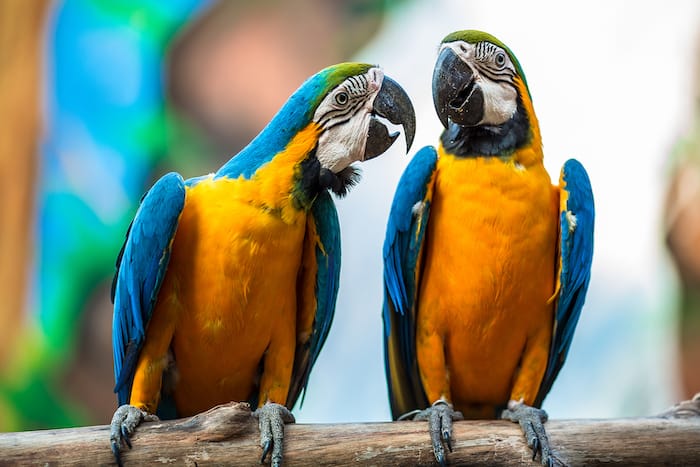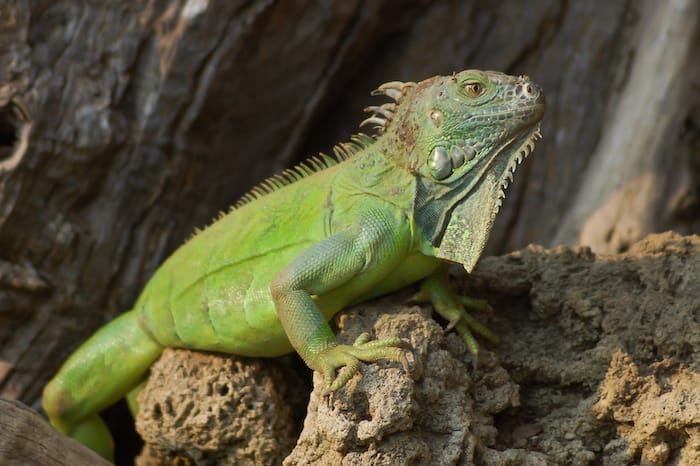Animals raised in captivity cannot be released into the wild because they are not equipped to survive on their own. They cannot change their food sources, find shelter and keep themselves from becoming prey to predators. Animals raised in captivity often have to undergo a period of reintroduction. Wild animals are prepared for life in the wild by their nurturing parents; or, if they are orphaned, other members of their species guide them.

Return to the nature theory
In studying the “return to nature” theory, it is important to remember that the animal must already be a socially adjusted individual. The animal must already know how to hunt, protect itself and find food. If not, the chances of survival are almost nil. In addition, most animals that are recommended for release back into the wild have been studied and monitored for months before it is determined that they can live on their own. The reintroduction process also involves many phases of rehabilitation before they are released. The stages include but are not limited to rehabilitation, imprinting, ring training, release, and monitoring.
The most common speculation about returning rescued animals into the wild is that it can lead to the extinction of some of our native species. Although no definitive studies have been done on this subject, it is generally accepted that if a large enough percentage of an animal’s population were released back into the wild that their numbers would continue to decrease. This would eventually lead to endangered status and possibly extinction.
Consider that, first of all, most animals are not socialized and do not know how to survive without human interaction. Second, the animal must be researched for some time before release to fully understand its behavior and what it can/can’t do on its own. This is a costly process that is different from one species to another. If you consider the possibility of reintroduction at all, it is usually very high in cost.
Many of the animals that are put up for release, such as raccoons and opossums, may be aggressive and dangerous to humans if they are released. To protect our public and ourselves, the animals would need to be fenced in so that they cannot reach out and attack. This can cost hundreds of dollars per animal, not including the cost of fencing material.

Many environmental groups recommend introducing zoo animals into a local area where there has been a heavy loss of native species. These animals may be reintroduced in a couple of different ways. One way is to release the animal into the wild by itself. This is not recommended when animals have not been fully researched and socialized. The other way would be to cultivate an area where the native species have died off, such as with grasses and trees, and then release other species into that area that are native to that area or similar to it.
The problem with this theory is obvious: you cannot reintroduce species by themselves. They usually live in groups or colonies of their kind and need to be back in those colonies before they can survive on their own. In either case, it is important to remember that introducing one animal into a foreign environment can have positive and negative impacts on the ecosystem.
Reasons why rescued animals should be returned to the wild
The most common reasons why animals cannot be returned to their natural habitat are similar to those of humans: they do not know what it takes to survive there. It has been scientifically proven that animals raised in captivity are not socialized like their wild counterparts and do not have the skills necessary for survival. If people were raised without human contact, they would also have difficulty surviving on their own. Since we keep these animals for education and entertainment, we really cannot release them back into the wild without compromising the animal’s well-being and our public safety.
Another major difference is that animals cannot be released back into nature because they are not equipped for it. They can’t adapt to new food sources, find shelter, or avoid predators. Even if released back into an area previously populated by a species of its kind, it would have no idea how to survive there, and the reintroduction would most likely be futile.

Related Reading
Animal rescue organizations
Animal rescue organizations such as the American Society for the Prevention of Cruelty to Animals often provide support in all aspects of the animal’s rehabilitation. However, it is very common for these organizations to be inconsistent in their intentions. First, they tend to overestimate the ability of an animal to adapt to its natural environment and then underestimate it. Also, they are being misled by what they think the best way is to care for a particular animal. As with species reintroduction, all animals must be observed in a captive setting before they are released into the wild to provide a benchmark against which future releases will be compared.
Conclusion
The “return to nature” theory is a popular idea that has been long-held but may not be feasible. It is a romantic notion that has little or no scientific evidence to support it. If the reader chooses to support the release of any animal back into its natural habitat, it should be done so with extreme caution and consideration for all factors involved in the process.
